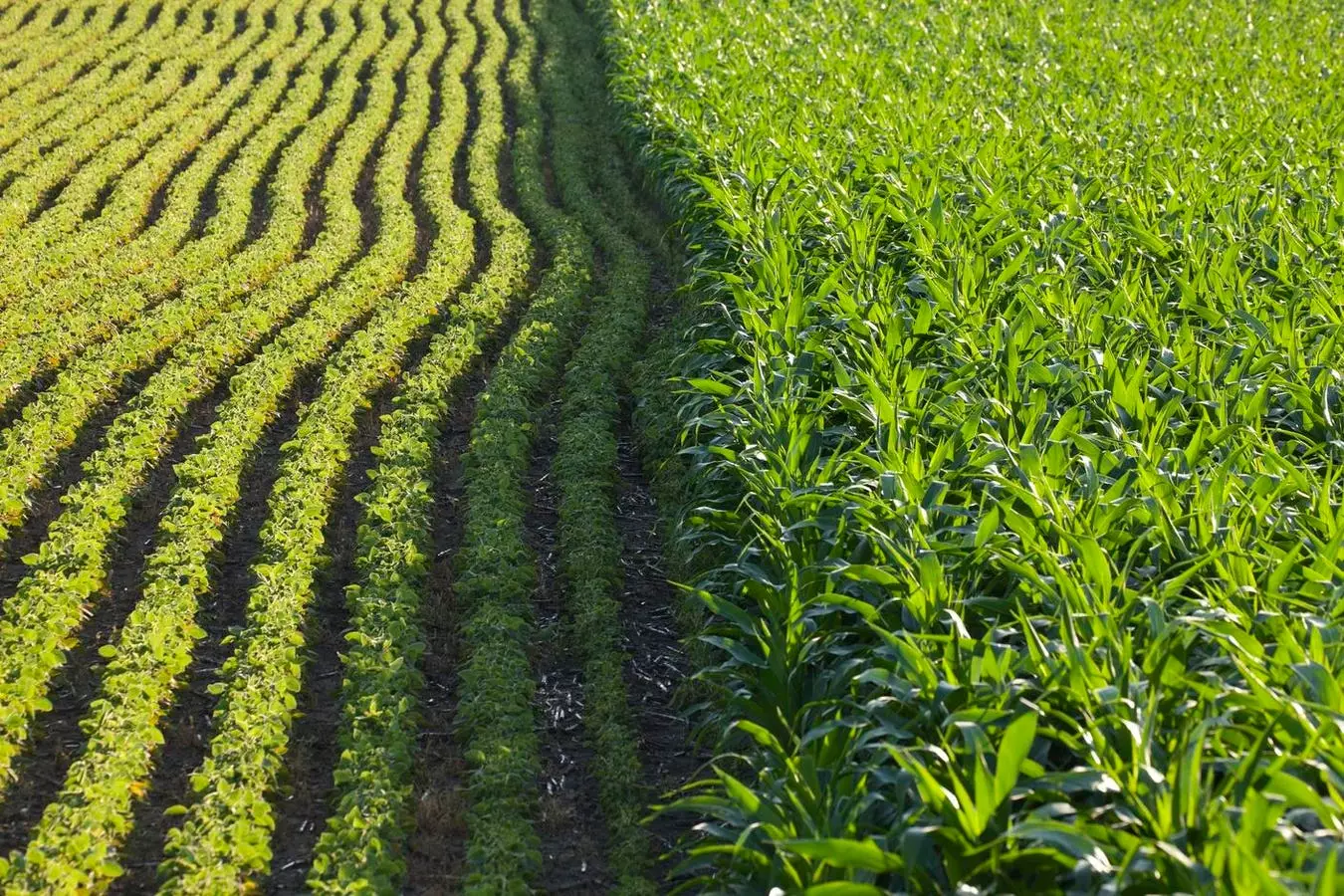The advent of gene editing technologies, particularly CRISPR-Cas9, has ushered in a new era in biotechnology with vast implications across various industries. These tools enable precise alterations in the DNA sequence, effectively turning genes on or off and modulating their activity to address pressing global challenges. As we enter 2024, recent milestones underscore the urgency and significance of these developments, especially in the context of agriculture, health, and sustainability. These innovations are not merely academic pursuits; they have the potential to revolutionize food production, increase crop resilience, and ultimately, feed a burgeoning population while minimizing environmental harm.
The agricultural sector is at a crossroads, confronted with the dual challenge of increasing food production to meet the needs of a growing global population and mitigating the impact of climate change. With pressures mounting to conserve wild lands and reduce carbon footprints in farming, gene editing is a crucial tool to navigate this complex landscape. New partnerships and initiatives are emerging as companies invest in research and development, striving to enhance traditional agricultural practices using cutting-edge technology.
A recent example of strategic foresight in the agricultural biotechnology sphere is the collaboration between Corteva, a leading global agricultural technology company, and Pairwise, a genome editing startup. Corteva, formed through the merger of Dow Agrisciences, DuPont, and Pioneer, has recognized the potential of gene editing to innovate crop breeding and enhance food crops for consumers. With an investment of $25 million in September of 2024, Corteva has taken a pragmatic approach to combine its extensive resources with Pairwise’s advanced genome editing capabilities.
This collaboration indicates a shift in focus within the agricultural sector—moving towards integrated solutions that combine traditional breeding practices with modern techniques like those offered by Pairwise’s proprietary Fulcrum™ Platform. This synergy has the potential to not only improve yield and stress tolerance in staple crops like corn and soybeans but also drive the creation of specialty crops tailored to consumer preferences.
The need for innovative solutions in agriculture is underscored by multiple challenges. Climate change continues to exert pressure on farming through extreme weather events, necessitating crops with enhanced stress tolerance and pest resistance. Moreover, a growing awareness of the environmental impact of conventional farming methods has prompted a demand for reduced carbon emissions and improved sustainability practices.
Gene editing technologies such as those developed by Pairwise can lead to the creation of crops that possess desirable traits, including pest resistance and altered nutrient profiles, thereby aligning agricultural production with consumer health and environmental sustainability. For instance, Pairwise’s work on developing genetically edited leafy greens that remove the bitter flavor is a prime example of how biotechnology can enhance food enjoyment, encouraging healthier eating patterns among consumers.
The regulatory framework surrounding gene editing is evolving, particularly in the United States, where there is optimism about creating a streamlined system for gene-edited crops. Corteva’s Chief Technology and Digital Officer, Sam Eathington, has expressed hope that regulations for gene editing may resemble those for conventional breeding, as these techniques do not introduce foreign DNA into plants. This regulatory clarity could pave the way for broader adoption of gene editing in agriculture.
However, the global landscape remains fragmented, with countries like Brazil and New Zealand advancing their regulatory approaches while the European Union engages in an ongoing debate regarding genomic technologies. As the market awaits more unified international guidance, players in agricultural biotechnology are poised to adapt to the evolving regulations and capitalize on the opportunities gene editing presents.
As gene editing technologies continue to mature, the agricultural sector stands on the threshold of significant transformation. By fostering collaborations like the Corteva-Pairwise partnership, the industry is not only investing in innovation but also addressing multifaceted challenges in food security, sustainability, and consumer preferences. With the potential to reshape the global food supply and ensure resilience against climate adversities, gene editing can play a vital role in securing agricultural productivity for future generations.
The intersection of biotechnology and agriculture heralds an exciting future. As we navigate the complexities of an ever-evolving regulatory landscape, the true potential of gene editing will be realized. With strategic partnerships and innovative approaches, the agricultural sector can evolve to meet the demands of a changing world while providing sustainable solutions to future challenges.

